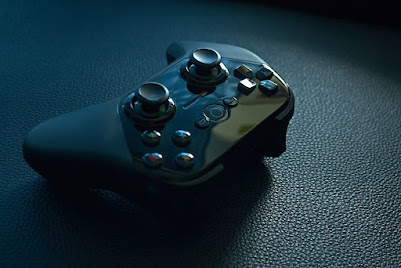How to install Windows on a PC/Laptop (Easiest way)
Windows ISO Setup guide - Easy and quick
Here is a step-by-step tutorial for Windows Installation -
Requirements:
1. Compatible computer with sufficient RAM, CPU, and storage.
2. Windows ISO file downloaded from a trusted source. You can download free Windows iso from official Microsoft Website - Windows 11 Windows 10
3. USB flash drive (8GB or more) for creating bootable media.
4. Software tool like Rufus or Windows USB/DVD Download Tool.
5. Product key for activation (if applicable), or you can use free Windows activator tool like Kmspico activator.
6. Backup of important files.
How to install Windows using ISO :
1. Download the Windows ISO: Visit the official Microsoft website or authorized resellers to download the Windows ISO file. Make sure to select the correct version and edition of Windows that you want to install.
2. Create Bootable Media:
- USB Drive: You'll need a USB flash drive with at least 8GB of storage capacity. Download a tool like Rufus or the Windows USB/DVD Download Tool.
- Insert your USB drive into your computer.
- Open Rufus or the Windows USB/DVD Download Tool.
- Select the Windows ISO file you downloaded.
- Choose the USB drive you inserted as the target device.
- Click "Start" or "Create" to begin the process. This will erase all data on the USB drive, so make sure you've backed up any important files.
3. Boot from USB:
- Restart your computer and enter the BIOS or UEFI settings. This is usually done by pressing a key like F2, F12, or Del during startup. Look for a message that tells you which key to press to enter the BIOS or UEFI settings.
- In the BIOS or UEFI settings, find the boot order or boot priority settings. Set the USB drive as the first boot device.
- Save your changes and exit the BIOS or UEFI settings. Your computer will now restart.
4. Install Windows:
- When your computer restarts, it should boot from the USB drive.
- Follow the on-screen instructions to install Windows. You may need to enter your product key during the installation process.
- Choose your language, time and currency format, and keyboard or input method.
- Select "Install Now" to begin the installation.
- Accept the license terms and click "Next".
- Choose the type of installation you want (usually "Custom: Install Windows only (advanced)").
- Select the partition or drive where you want to install Windows and click "Next".
- Follow the on-screen instructions to complete the installation. Your computer may restart several times during the process.
5. Set Up Windows:
- After the installation is complete, you'll need to set up Windows.
- Create a user account and password.
- Choose your privacy settings.
- Customize your PC settings, such as time zone, theme, and default apps.
6. Install Drivers and Updates:
- After setting up Windows, it's a good idea to install any necessary drivers for your hardware, such as graphics card drivers, network drivers, etc.
- Check for Windows updates and install any available updates to ensure your system is up-to-date and secure.
You're done! If you face any problem, feel free to comment and i'll try my best to assist you.
Bye.




Comments